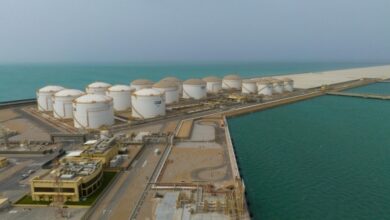Director General’s role to streamline procedures, boost efficiency in ministries

In a move to enhance efficiency and streamline administrative structures, the Civil Service Council has approved key changes within government ministries and institutions.
Furthermore, Al-Rai has learned that a new supervisory position, “Director General,” will be introduced across ministries, government departments, and public bodies.
Additionally, the number of undersecretaries will be reduced to one, with only two assistant undersecretaries, ensuring a more structured and efficient leadership framework. These changes reflect the government’s commitment to optimizing governance and improving operational effectiveness.
According to informed sources, plans are in progress to merge departments with overlapping functions and eliminate redundancies, aiming to streamline the administrative structure for greater efficiency and flexibility.
While most of the management framework is expected to remain intact, departments identified for merging or elimination will undergo restructuring to create a more practical and effective governance system.
Sources revealed that the preliminary study will maintain the positions of supervisor and department head, allowing each entity to evaluate its actual needs and merge similar sectors. This approach aims to eliminate redundancy, enhance efficiency, and establish a more effective workflow while also reducing costs to public funds.
Furthermore, sources reported that the Civil Service Council has established five key conditions for appointing a Director General in government agencies, which include:
- Holding a relevant university degree.
- A minimum of 14 years of experience after earning the university degree.
- Successfully passing a personal interview conducted by the entity’s Personnel Affairs Committee.
- The position is for a term of four years, renewable once with the approval of the competent minister.
- If candidates from outside the government agency are nominated for the position, the appointment must be reviewed and approved by the Civil Service Council on a case-by-case basis.
The duties and responsibilities of the Director General comprise eight key areas, namely:
- Overseeing coordination between departments with similar responsibilities to ensure the effective implementation of plans.
- Following up on the implementation of sector strategies and ensuring their alignment with the entity’s general objectives.
- Supervising the administrative and technical performance of subordinate departments and submitting periodic reports to the sector’s undersecretary.
- Submitting analytical reports detailing achievements, challenges, and recommendations for enhancing administrative and technical operations.
- Supervising job performance evaluations and identifying the training and development needs of departments.
- Ensuring departmental compliance with the entity’s administrative regulations and applicable laws.
- Proposing improvements and streamlining administrative procedures to enhance operational efficiency.
- Overseeing the execution of sector-specific projects and initiatives in accordance with established timelines.













